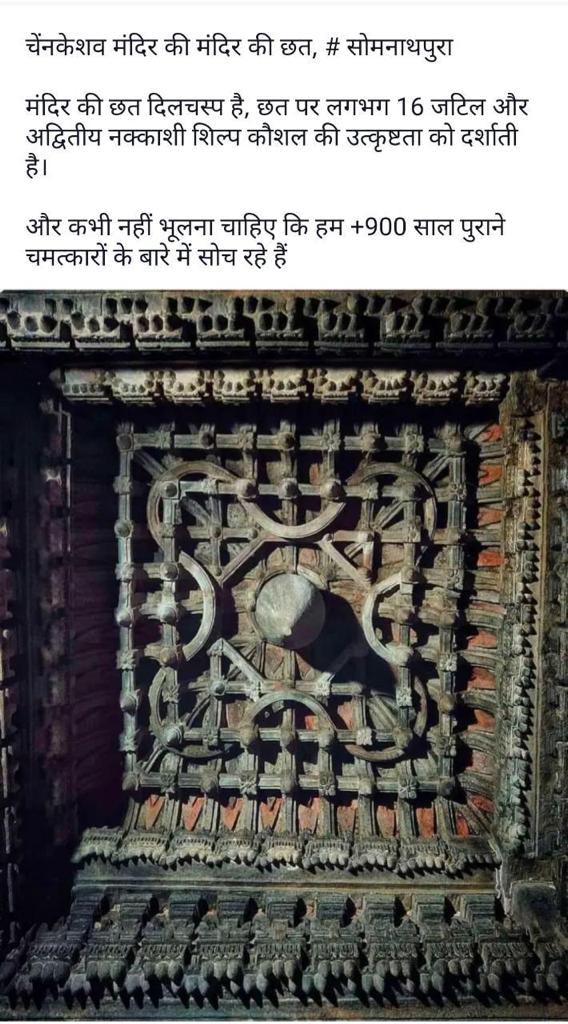
The Chennakesava Sanctuary, likewise alluded to as Chennakeshava Sanctuary, Keshava Sanctuary is a Vaishnava Hindu sanctuary on the banks of Stream Kaveri at Somanathapura, Karnataka, India. The sanctuary was sanctified in 1258 CE by Somanatha Dandanayaka, a general of the Hoysala Ruler Narasimha III.
The lavish sanctuary is a model outline of the Hoysala engineering. The sanctuary is encased in a patio with a pillared passageway of little sanctums (harmed). The primary sanctuary in the middle is on a high star-molded stage with three even sanctums (garbha-griha), set in a square network (89′ x 89′) situated along the east–west and north–south axes.The western sanctum was for a figure of Kesava (missing), the northern sanctum of Janardhana and the southern sanctum of Venugopala, a wide range of Vishnu.The sanctums share a typical network lobby (sabha-mandapa) with numerous columns. The external dividers, the inward dividers, the columns and the roof of the sanctuary are complicatedly cut with religious iconography of Hinduism and show broad friezes of Hindu messages, for example, the Ramayana (southern segment), the Mahabharata (northern segment) and the Bhagavata Purana (western segment of the primary sanctuary).
The Chennakesava sanctuary, states George Michell, speaks to the peak of the advancement in Hoysala sanctuary style but then is likewise interesting from various perspectives.